
Lot 1
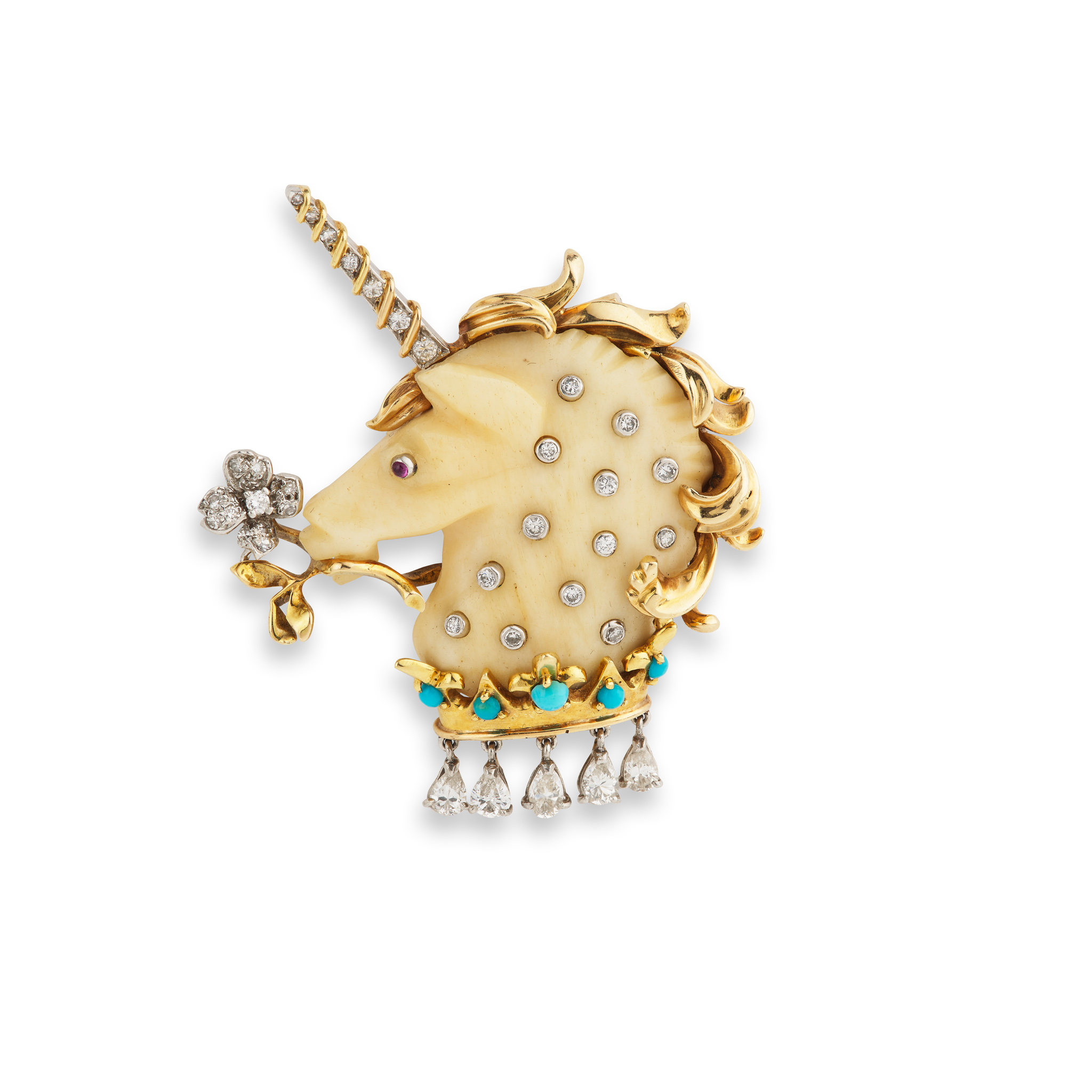
Verdura: A diamond unicorn brooch, mid 20th century Y
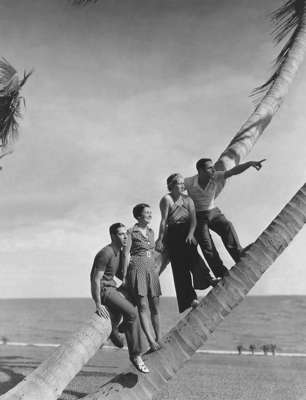
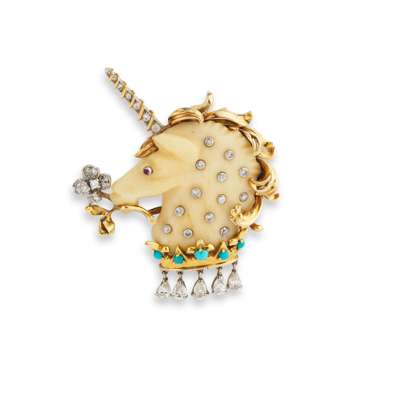
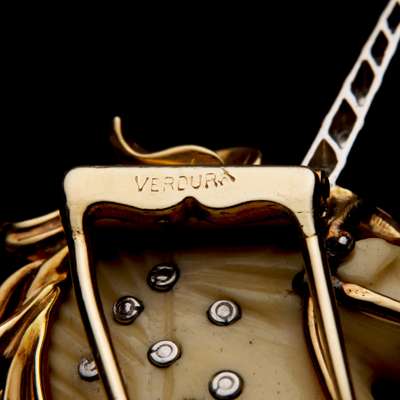
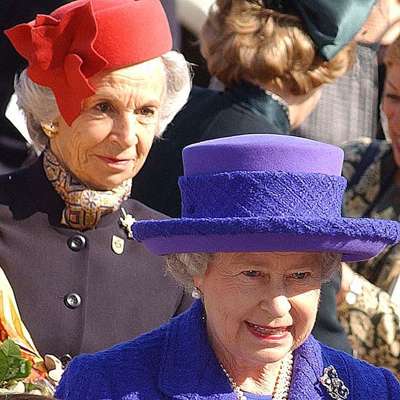
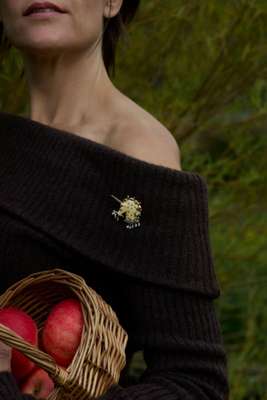


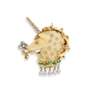
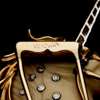
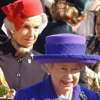


Auction: The Collection of Virginia Fortune Ryan Ogilvy, Dowager Countess of Airlie | Wednesday 22 October 2025 from 1pm
Description
The head of the unicorn carved of bone, issuing forth from a circular cabochon turquoise crown, with a pear-shaped diamond fringe, the horn set with brilliant-cut diamonds and a similarly-cut diamond flower grasped in the mouth, diamonds approx. 1.10 carats total, signed Verdura, length 4.2cm
Provenance
From the Estate of Virginia Fortune Ryan Ogilvy, Dowager Countess of Airlie
Margaret (Nin) and Maud (Momo) Kahn (Virginia Ogilvy's mother and aunt), were friends of Duke Fulco di Verdura. The three would have likely met while summering in Venice in 1923 and remained friends. The Kahn sisters, being amongst the epitome of New World glamour were there mingling with the young generation of Old World aristocrats, such as the Duke.
It appears that their friendships continued for decades and the young Virginia Ryan, Margaret’s daughter, also befriended Fulco. Fulco was famous for never letting clients into his studio. It is said that when an important client would appear at his atelier, he would shout out “Tell them I’m dead!” so as to avoid having to meet them. In Verdura; The Life and Work of a Master Jeweler, Patricia Corbett writes “Nin Ryan's daughter Ginn (Virginia Ryan), who had special permission to visit Fulco on her way home after school, was one of the few people allowed to watch him work.”
“He’d put a baroque pearl onto a sheet of heavy tracing paper, and draw around it very quickly - a head, then a tail. It would become a camel, then he'd move the pearl and do a triton, followed by a swan, and finally, something completely different, like a mermaid. Then he'd set little stones all around." See page 144.
The Countess's Verdura unicorn brooch (lot 1) is illustrated in Corbett, Patricia, Verdura; The Life and Work of a Master Jeweler, Thames & Hudson, London, 2002, page 145. Corbett discusses that the inspiration for Verdura's unicorns, came surprisingly not from heraldic iconography, but were “patterned after the robust folk carvings on early American carousels".
Also see Lot 2.
Footnote
This brooch is illustrated in Corbett, Patricia, Verdura; The Life and Work of a Master Jeweler, Thames & Hudson, London, 2002, page 145. Corbett discusses that the inspiration for Verdura's unicorns, came surprisingly not from heraldic iconography but were “patterned after the robust folk carvings on early American carousels".











